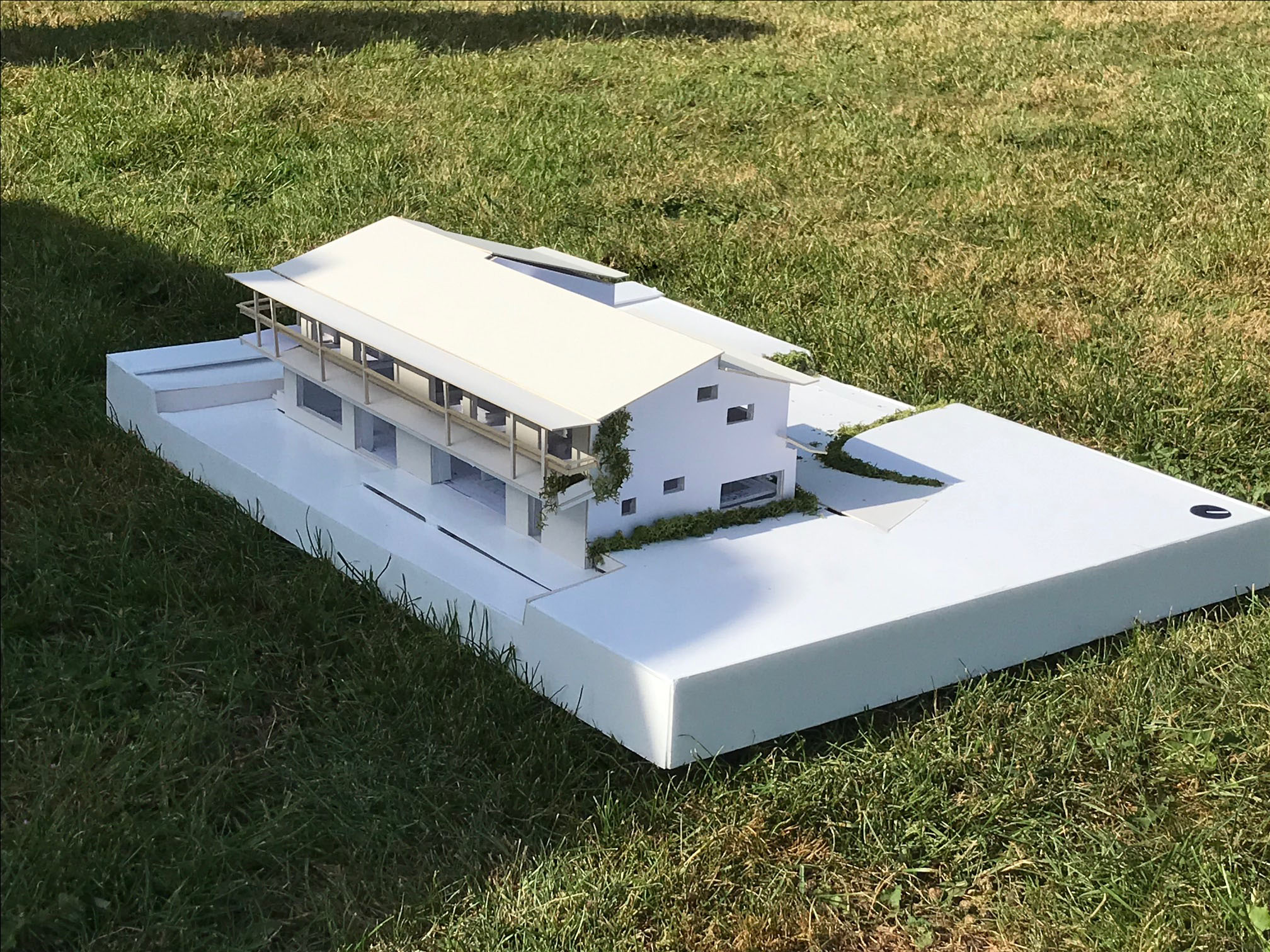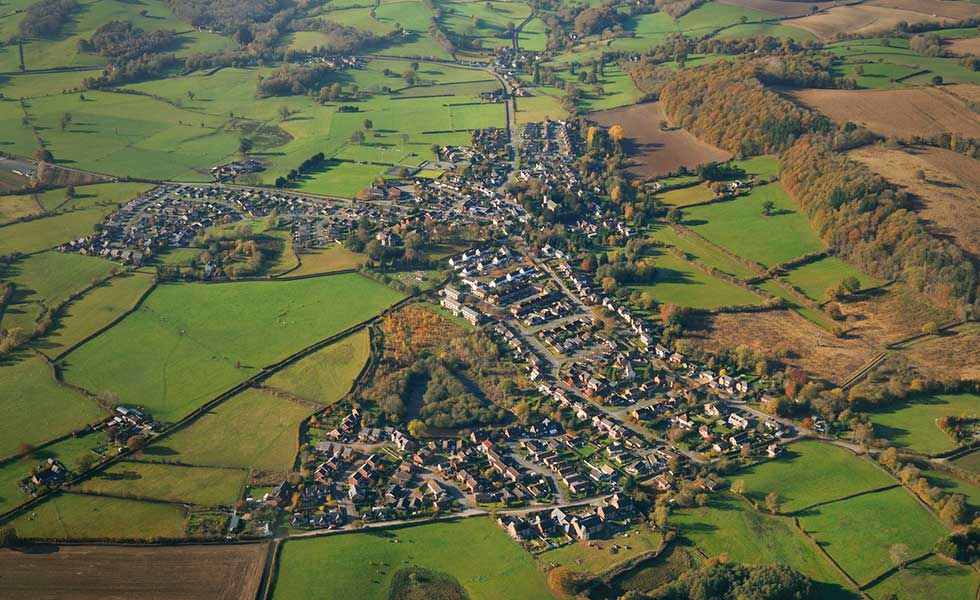Community Infrastructure Levy: All You Need to Know
The Community Infrastructure Levy could be a potential pitfall for self-builders. Here’s all you need to know to apply for self build CIL exemption

The Community Infrastructure Levy (CIL) is something all prospective self-builders should be aware of. When you self build, it’s often the hidden fees or legislation around charges like CIL that can catch you out, adding eye-watering £1000s to a budget.
Here, we take a look at what the Community Infrastructure Levy is, why you need to know about it and the stringent four step process you must follow to avoid falling foul of an avoidable pitfall.
What is the Community Infrastructure Levy?
The Community Infrastructure Levy (CIL) is a charge which can be levied by local authorities on all new development in their area, including new homes, with the aim of supporting local infrastructure.
“CIL was introduced in 2008 as a way of raising funds to deliver, operate and maintain the new infrastructure, such as roads and schools, required to support new development,” explains Michael Holmes, chair of the National Custom and Self Build Association. "However, in 2014, self build exemption was introduced, giving full relief from CIL for people building or commissioning a new dwelling for their own occupation, providing they follow the regulations."
How is the Community Infrastructure Levy Calculated?
Local authorities (referred to as ‘charging authorities’) produce a charging schedule document that sets out the rate of the levy which they choose to charge on new developments.
“The average CIL charge in England is currently £95 per square metre, so the CIL liability on the average self build home measuring 247 square metres is an eye-watering £23,465!” says Michael Holmes.
“In the highest charging areas, mostly in Greater London, the CIL charge can be up to £750 per square metre (Kensington and Chelsea). In Greater London, in addition to the local authority CIL, the Mayoral CIL is also levied to cover the cost of Crossrail, adding up to £80 per square metre more to CIL, or £19,760 for the average self build home.”
How Do I Find Out if my Local Authority Charges CIL?
“As of January 2020, 167 local authorities in England and three in Wales have adopted CIL schedules, and over 89 have published or submitted draft charging schedules for consultation. Around one third of authorities are currently without any published plans for CIL. It isn’t levied in Scotland or Northern Ireland,” explains Michael Holmes.
“To find out whether your local authority charges CIL or has plans to introduce CIL, visit the planning pages on their website, or call the planning department and ask them to send you details of their CIL schedule or draft CIL schedule.”
Do I Have to Pay a Community Infrastructure Levy?
“The self build exemption was granted in recognition of the exceptional costs of designing and building a single dwelling, or individual dwellings, on serviced plots, compared to building a larger development of standard house types,” explains Michael Holmes.
“The problem is that, unlike planning where the system is arguably flexible and forgiving for self-builders, the CIL regulations are applied with rigor and precision and if not followed precisely, the full CIL charge becomes payable.
“There is no appeals process for a failure to comply with the regulations and inevitably, as a consequence, there have been multiple incidences of self-builders finding they are liable to pay charges in some cases costing £10,000s. The unexpected cost can have catastrophic implications for a self build project, with some self-builders forced to scale back their project or abandon it altogether and sell.”

How Do I Claim Community Infrastructure Levy Exemption?
The development must not commence before Step 3 is complete or you will be liable for a surcharge, or in some circumstances the full CIL liability will become payable.
To claim the CIL exemption for a self build home, you need to follow four specific steps. Failure to follow them exactly can result in the full CIL liability becoming payable and there is currently no appeal process to remedy a failure to comply with the regulations. It is therefore essential that the four steps are followed precisely.
The first three steps must be undertaken before commencement of the development as defined by Section 56 of Part III of the Town and Country Planning Act 1990. The fourth step must be undertaken after completion of the build.
Step 1: Assume liability
To claim the self build exemption, you must first assume liability for CIL on the development. This is done by completing an Assumption of Liability Form (CIL Form 2).
If you have bought a plot with an existing planning permission and the original levy liability was in the name of another person, you must complete a Transfer of Liability Form (CIL Form 4) and submit this to the collecting authority.
A new CIL liability notice will be issued in your name.
Step 2: Submit a Self Build Exemption Form Part 1
A Self Build Exemption Form Part 1 (Form 7) must be completed and submitted to the charging authority prior to commencement of development and requires you to certify:
- The name and address of the person(s) claiming liability
- That the project is a ‘self build project’ for purposes of the exemption set out within the regulations
- That the applicant will occupy the premises as their principal residence for a period of three years from completion
- That the applicant will provide the required supporting documentation on project completion to confirm their development qualifies for relief
- The amount of de minimis state aid received by the applicant in the last three years prior to the submission of the application for relief.
On receipt of the claim form, the collecting authority must notify you in writing as soon as practicable, confirming the amount of exemption granted.
If you do not agree with the value of the exemption granted, you have a right to appeal under Regulation 116B. Appeals should be lodged with the Valuation Office Agency.
Step 3: Submit a commencement notice
To claim the CIL exemption for self build, a Commencement Notice (CIL Form 6) must be received by the collecting authority before any qualifying works have commenced and the form must state the date on which works will commence.
Commencement of development is defined in the Town and Country Planning Act 1990, so ensure you read and understand this document. If your CIL liability notice was issued on or after 1 September 2019 and you fail to ensure the council have received Form 6 prior to the commencement date (they will confirm receipt), you will be liable to pay a surcharge of 20% of the CIL liability or £2,500, whichever is the lower.
If the planning permission to which the CIL liability applied was granted before 1 September 2019 and the development commences before the charging authority has received Form 6, the exemption will be rescinded and the full CIL liability is payable.
Step 4: Submit a self build exemption claim form part 2 following the build
Self Build Exemption Form Part 2 (CIL Form 7) must be completed and submitted to the charging authority along with additional supporting evidence within six months of the date of issue of the Building Regulations compliance certificate.
Failure to provide all of the evidence required to prove the project is a self-build within six months of the issue of the Notice of Compliance for Building Regulation will also result in the exemption being rescinded.
Supporting evidence required includes:
- A compliance certificate for the development under either Regulation 17 of the Building Regulations 2010 or Section 51 of the Building Act 1984
- Proof of the date of completion — a copy of the building completion or compliance certificate for the home issued by building control
- Proof of ownership — a copy of the title deeds (freehold or leasehold)
- Proof of occupation of the dwelling as the applicant’s principal residence – a council tax bill or certificate – and two further proofs of occupation of the home as a principal residence (a utility bill or bank statement or confirmation that the applicant is on the local electoral roll)
In addition to the above, applicants must also provide a copy of one of the following (please see note below the listed items):
- An approved claim from HM Revenue and Customs under ‘VAT431NB: VAT refunds for DIY housebuilders’; or
- A specialist self build warranty; or
- An approved self build mortgage from a bank or building society.
The charging authority has the discretion, but is not required, to accept other forms of documentary evidence instead of any of the three items above.
This should be agreed in advance with the charging authority (at the point of making the Part 1 application for the exemption or as soon as possible thereafter) but the charging authority may still consider utilising discretion at the Part 2 stage of the process.
If you fail to comply with the evidence requirements on completion, the collecting authority must give you at least 28 days to submit the necessary form and evidence before taking any further action.
Get the Homebuilding & Renovating Newsletter
Bring your dream home to life with expert advice, how to guides and design inspiration. Sign up for our newsletter and get two free tickets to a Homebuilding & Renovating Show near you.
Melanie is an experienced homes journalist and editor of Period Living, Britain's best-selling period homes magazine. She has worked for Homes & Gardens and Real Homes, and is a former Deputy Editor of Homebuilding & Renovating, writing about modern design and architecture, and interviewing countless self builders and renovators about their experiences. In addition to undertaking her renovation projects, her other great passion is gardening.
